From Paws to Pee: The Dirty Truth About Leptospirosis
Leptospirosis: What Every Dog Owner Needs to Know
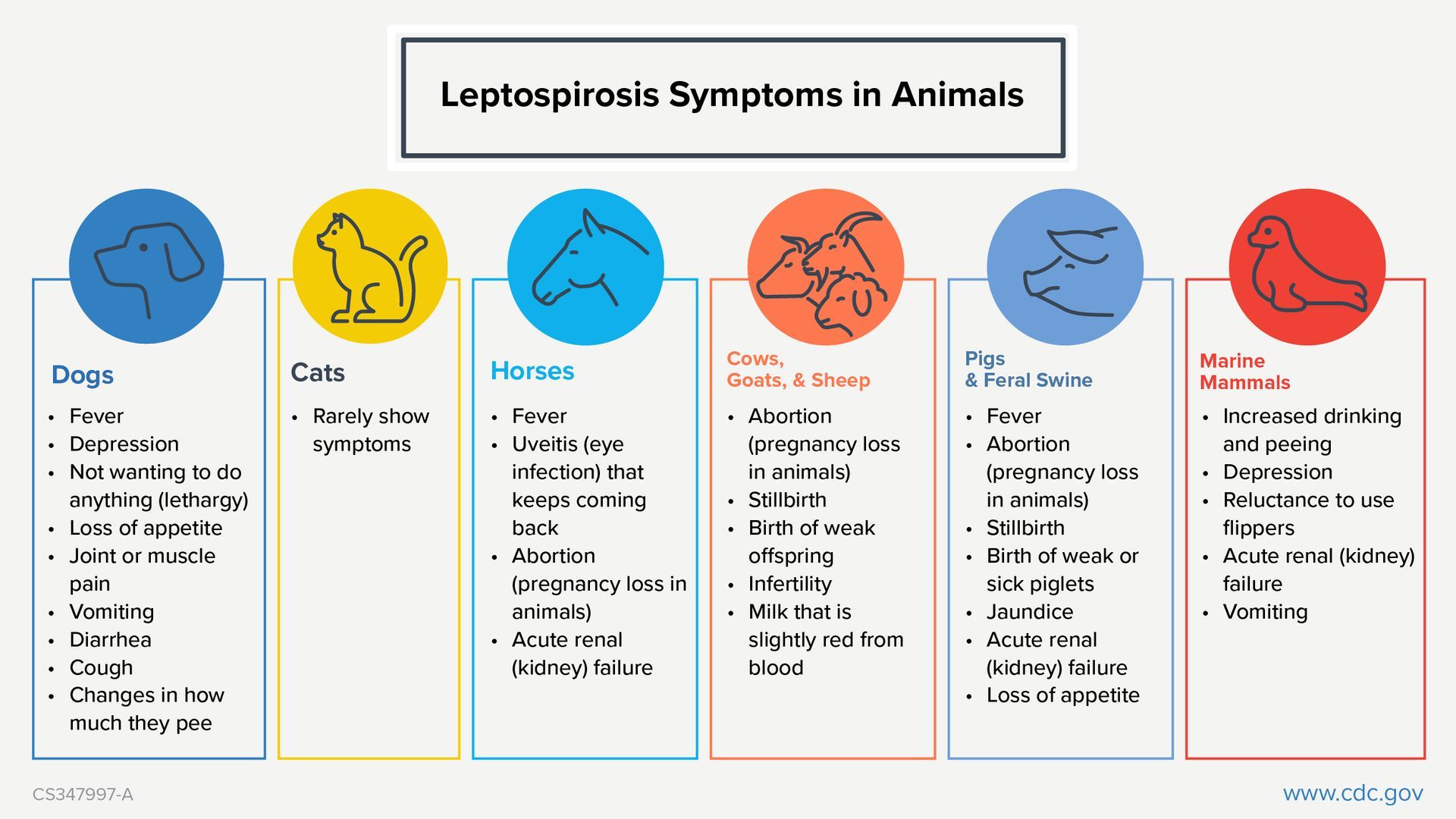
What is leptospirosis?
Leptospirosis is a bacterial disease found in soil and water, especially in warm climates with frequent rainfall or flooding. Dogs can become infected by:
- Walking through contaminated soil and licking their paws
- Drinking from puddles, ponds, or other stagnant water
- Contact with urine-contaminated food or infected animal tissue
Wildlife—particularly rats and raccoons—are common carriers and can shed the bacteria through their urine.
Does my dog need a leptospirosis vaccine?
Yes. As of June 2024, leptospirosis has been classified as a core vaccine by the American Animal Hospital Association (AAHA). According to Dr. Ingrid Taylor, DVM, AAHA’s Director of Guidelines:
“Any dog that goes outdoors, whether in an urban or rural setting, can be exposed to leptospirosis.”
Because leptospirosis is zoonotic—meaning it can spread between animals and humans—it’s strongly recommended for all dogs, regardless of lifestyle or location.
How is the vaccine administered?
At Southpaw Animal Clinic of Madison, we include leptospirosis with your pet’s annual distemper/parvovirus/parainfluenza vaccination. If your dog has never been vaccinated for leptospirosis:
- They’ll receive an initial dose, followed by a booster 3–4 weeks later.
- Completing this two-dose series is critical for full protection.
- If too much time passes between doses or annual updates, the series will need to be restarted.
We recommend starting vaccination at 12 weeks of age or older.
What if my pet contracts leptospirosis before being vaccinated?
The severity of leptospirosis varies. Some pets recover with antibiotics and supportive care, while others may require intensive treatment, including:
- IV fluids
- Dialysis
- Oxygen therapy
The disease can damage the liver, kidneys, and respiratory system, making early prevention vital.
Symptoms of leptospirosis include:
- Vomiting
- Diarrhea
- Fever
- Lethargy
- Decreased appetite
- Increased thirst and urination
- Muscle stiffness
- Weakness or reluctance to move
If your dog shows any of these signs, contact your veterinarian promptly.
How can I protect my dog from leptospirosis?
✅
Vaccinate annually after the initial two-dose series
✅
Avoid stagnant water (puddles, ponds, ditches, lakes)
✅
Control rodent populations in and around your home
✅
Stay on schedule—if a yearly booster is missed, your dog may need to restart the vaccine series
💡 Remember: Prevention is safer and more cost-effective than treatment.
Have Questions?
We’d love to hear from you! If you have questions about vaccinations, diseases, or other pet-related topics, email us at
susanna@southpawac.com. Your question might be featured in an upcoming blog, our bi-monthly newsletter, or our new FAQ section—coming soon!
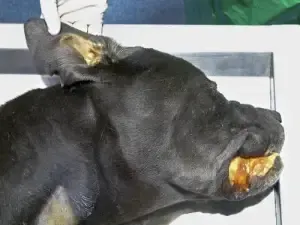
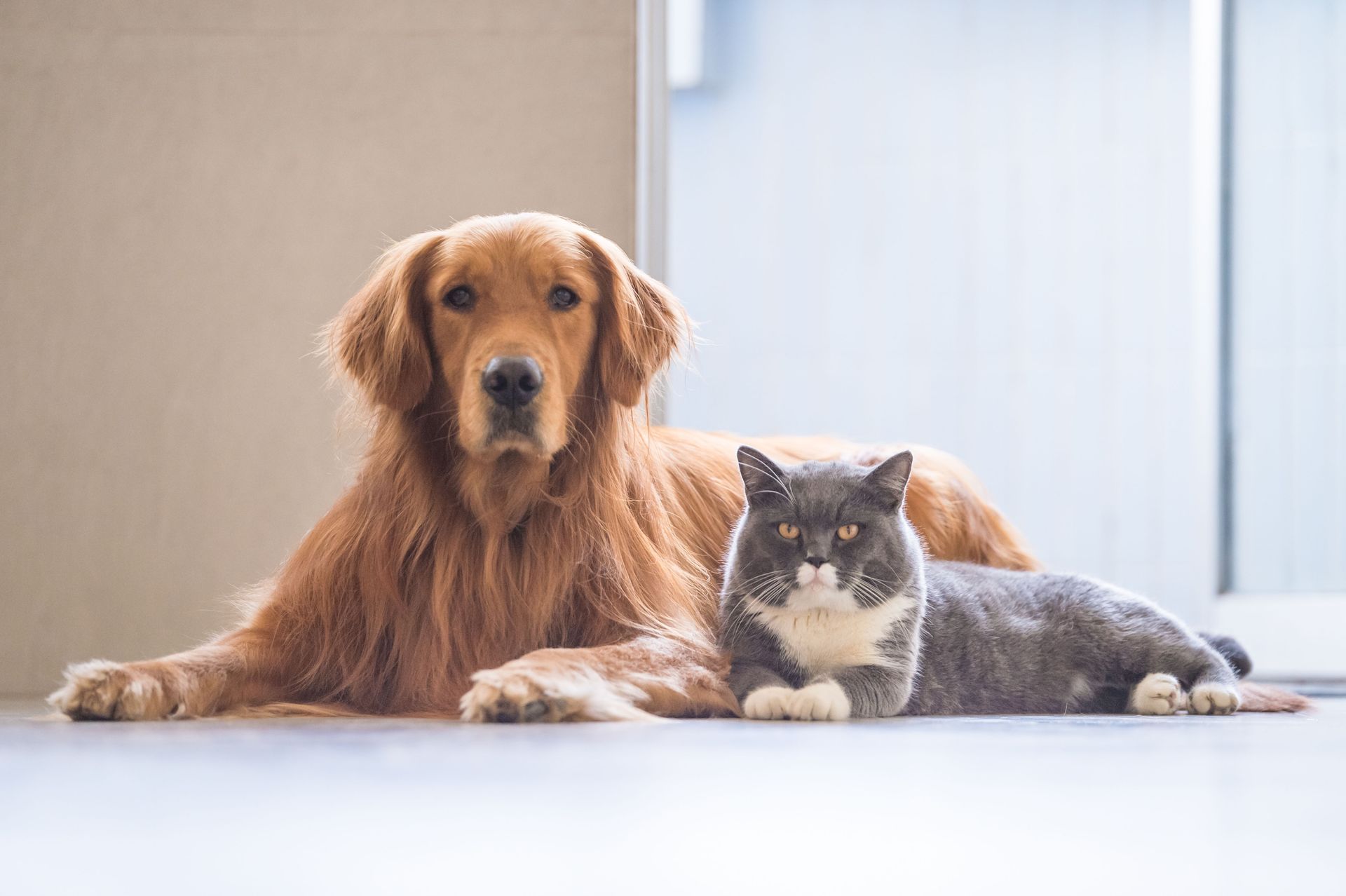
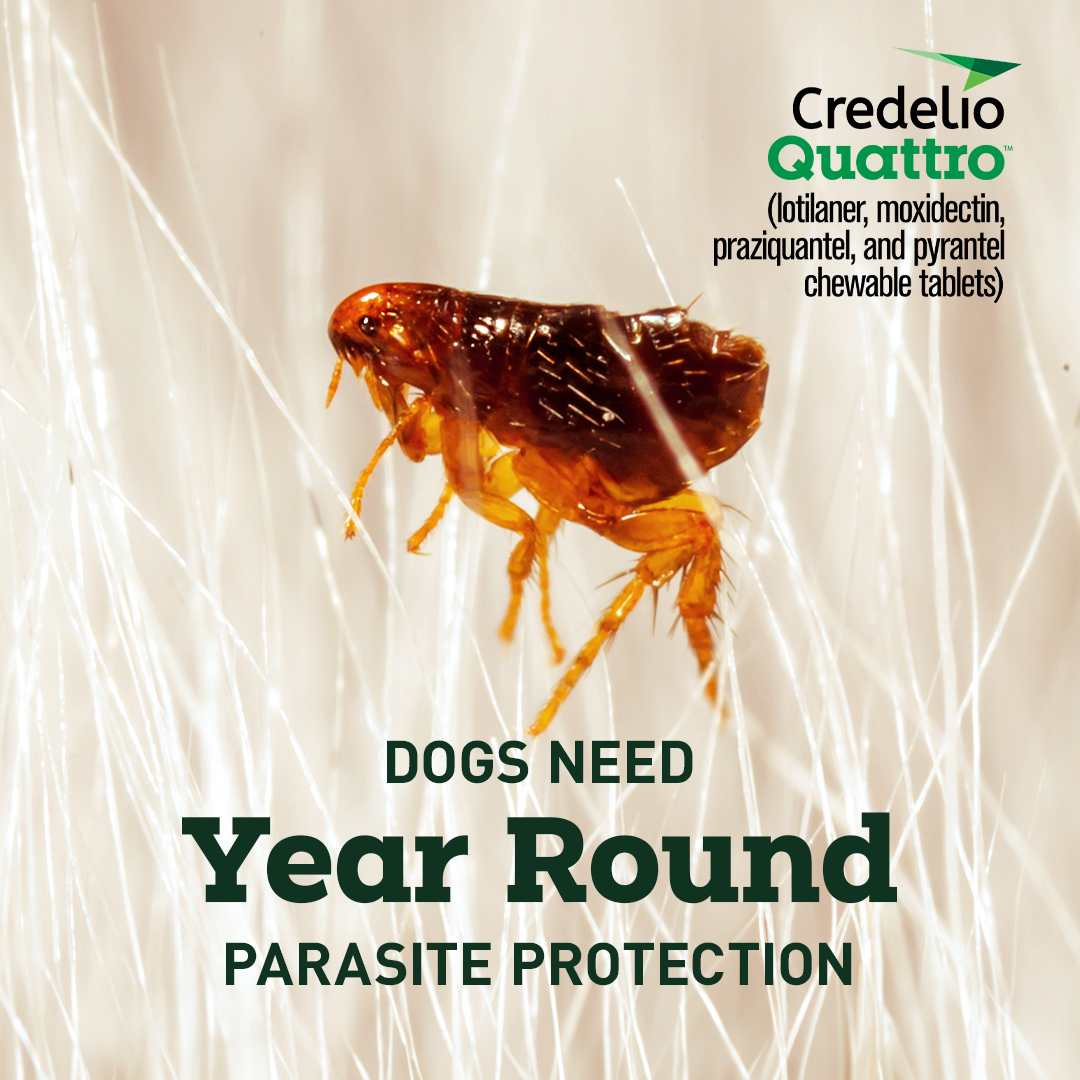



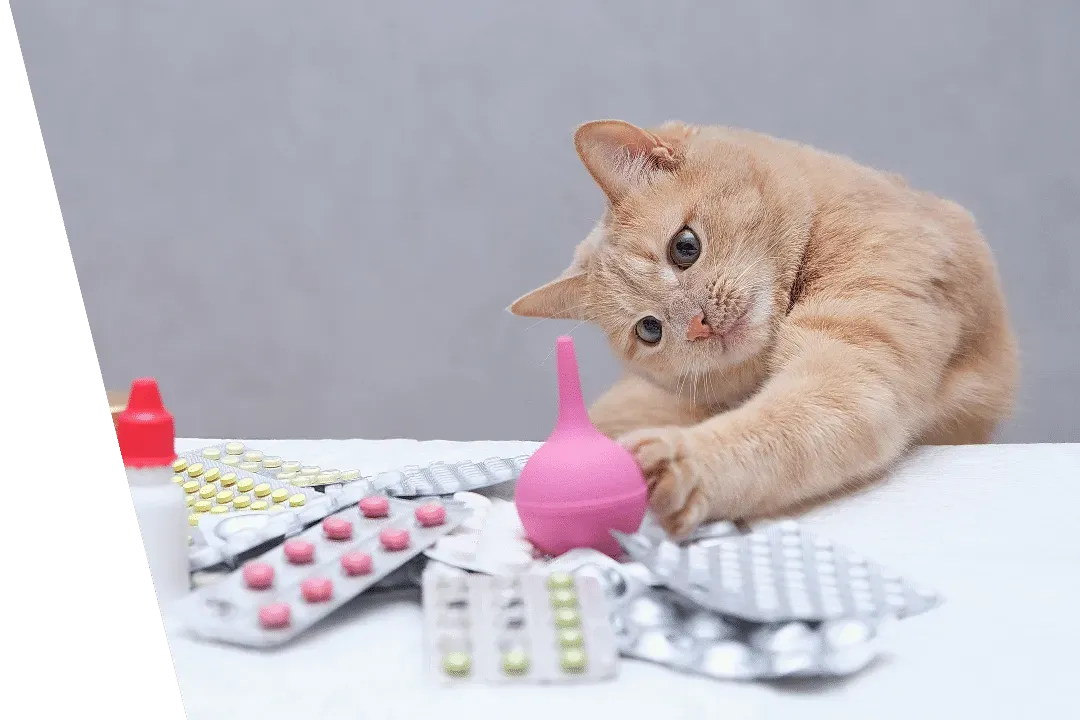
Share On: